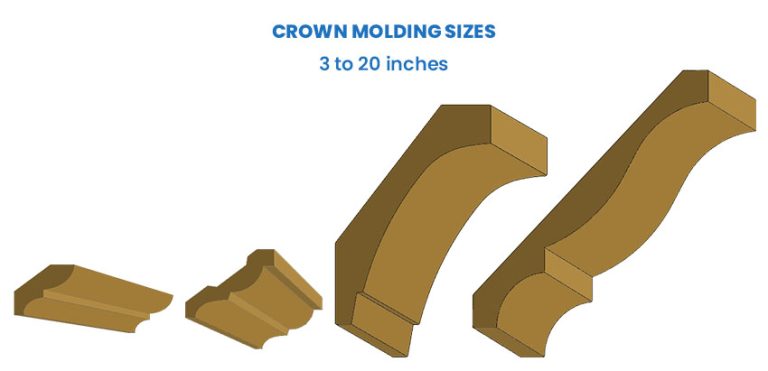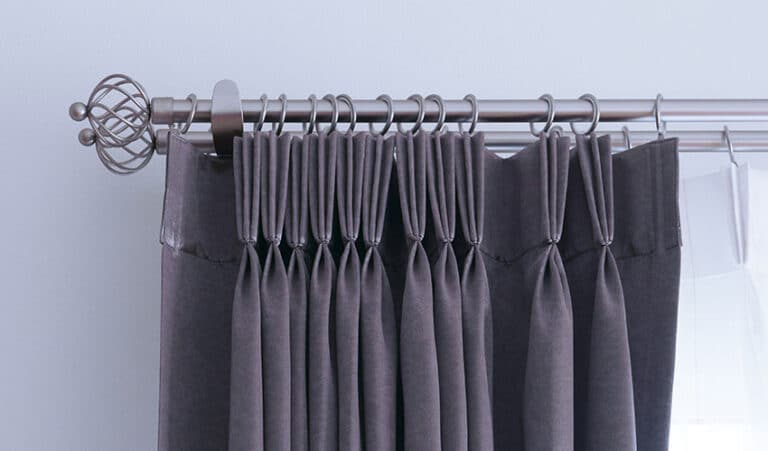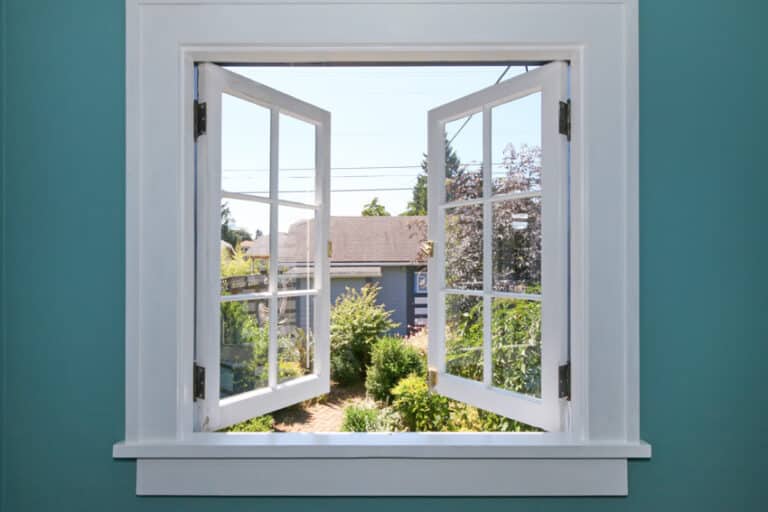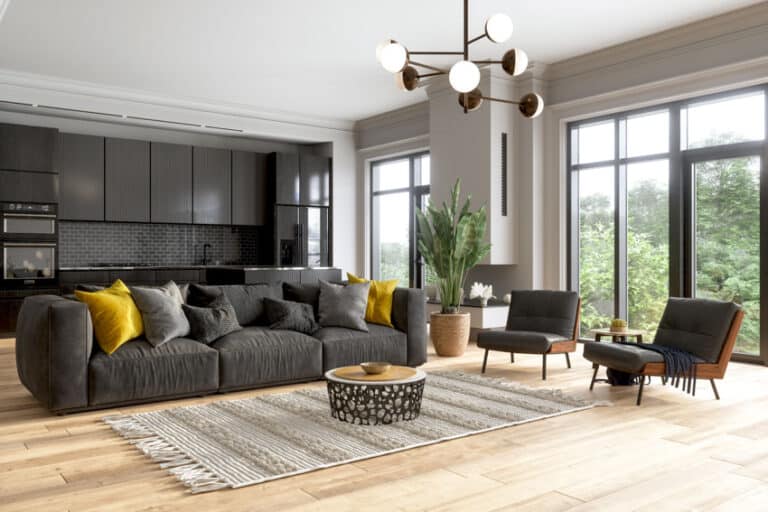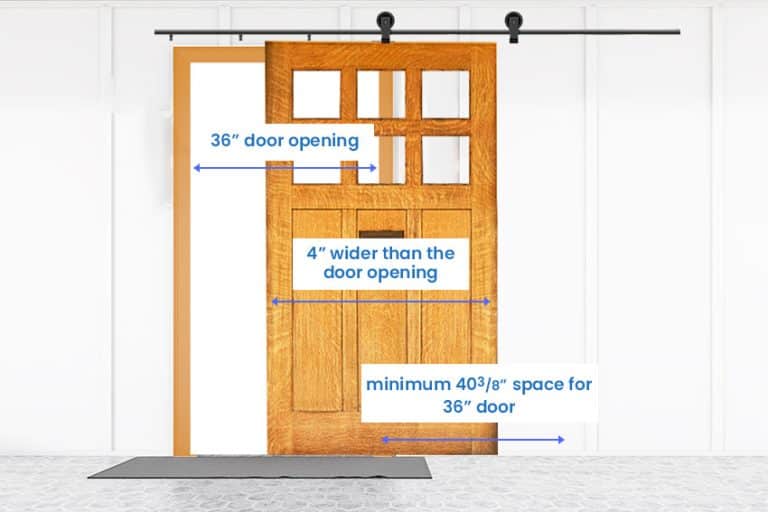Reclaimed Engineered Wood Flooring (Pros and Cons)
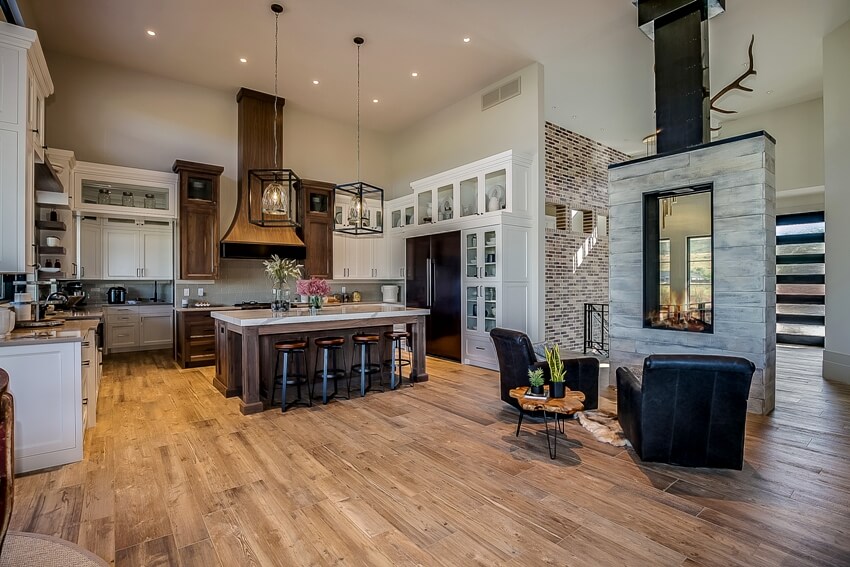
Reclaimed and engineered wood flooring may sound like opposites. However, engineered wood flooring is made of 100% natural wood, just in layers, making it very durable.
Reclaimed wood is a green, sustainable use of wood found on old barns, horse fences, rural structures, and abandoned buildings. Some reclaimed wood may date back as far as 200 and 300 years, seen through its deep character, weather-worn design, and unique antiquity.
Many homeowners prefer reclaimed engineered wood flooring in part due to the wood’s environmentally friendly sourcing, lower pricing, and the beauty and history behind the distinct look it brings to your home.
What Is Reclaimed Engineered Wood Flooring?
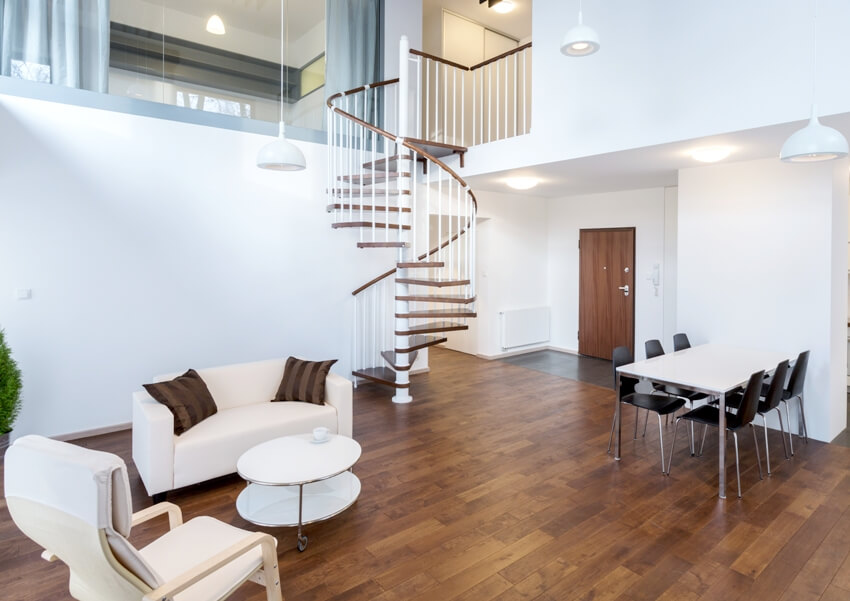
Often, homeowners mistake reclaimed engineered wood flooring for laminate flooring—but the two materials are entirely opposite. Laminate flooring is mostly melamine resin, a material made with formaldehyde and synthetic fiberboard particles compressed into floor planks.
The top of the laminate flooring is imprinted with an image that’s woodlike. Laminate flooring is inexpensive but not durable or nearly as beautiful as natural wood.
Reclaimed fiberboard flooring is made with multiple cross-section layers of plywood that are pressed tightly under high heat and pressure to create a robust and long-lasting floor material.
The layers are called plies, and the top layer is made from a thicker piece of wood veneer known as a “wear layer” that can be sanded and refinished when worn or to change color. Read more about matching wood floors here.
These types of wooden floors can be installed the same way as a hardwood plank floor by nailing it to an existing sub-floor. Planks made thinner than ¾” can be glued down.
The top layer can be made from any type of lumber, making engineered wood flooring look exactly like solid hardwood floors. The process of creating such floor treatment works well with reclaimed wood planks that may already be a certain thickness according to their source, making the process of layering simpler.
The original reclaimed wood planks, taken from aged buildings and structures, are typically the proper thickness for the top layer of engineered wood flooring planks. Engineered wood flooring is more durable than solid hardwood flooring and lasts just as long with proper care and regular maintenance.
The EPA recognizes the use of reclaimed materials through its US Green Building Council’s Leadership in Energy and Environmental Design (LEED) program. Although this is a voluntary program, LEED certification, along with the Forest Stewardship Council’s forest management certification, may provide eligibility for your home or building to receive unique benefits.
Pros and Cons
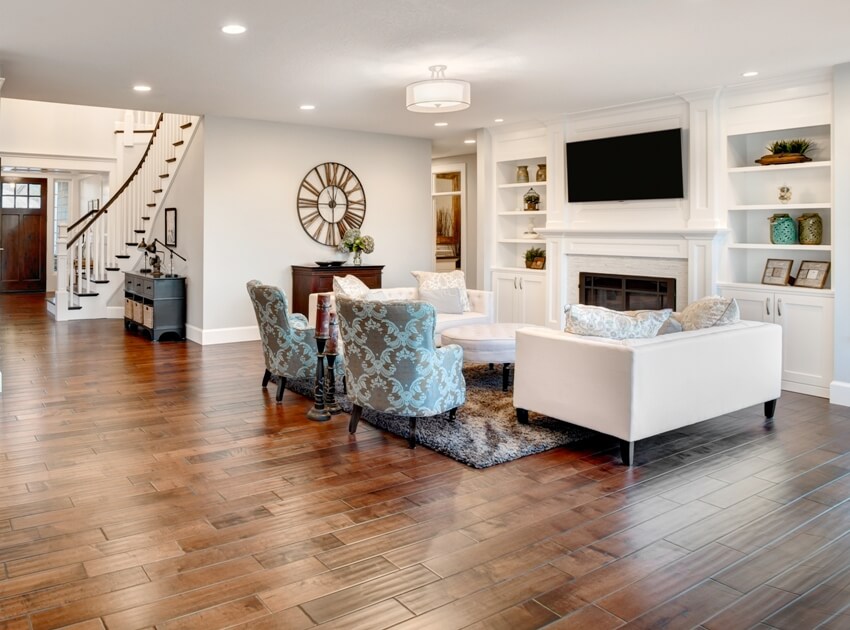
As with any floor treatment option, reclaimed lumber for your floor has its set of pros and cons. Homeowners may want to consider all the options when deciding which floor type to install in their home.
Factors such as foot traffic, pets, and rooms that often encounter liquids, such as bathrooms, kitchens, and laundry rooms, may not make such planks the best choice. See our gallery of kitchens with engineered flooring here.
However, this floor type can be a viable option under the right conditions. Review the pros and cons below to help you decide.
Pros
• It does not shrink or expand: While some homeowners may be hesitant to install any natural material in wet rooms, salvaged wooden planks have already been exposed to weather, causing them to expand with moisture and contract when the atmosphere is dry.
The years of exposure allow the salvaged boards to already be in a settled state and resistant to warping or buckling. Being sure the top layer of your floors is sealed correctly ensures moisture will not get in between the layers and the planks, causing the planks to deform.
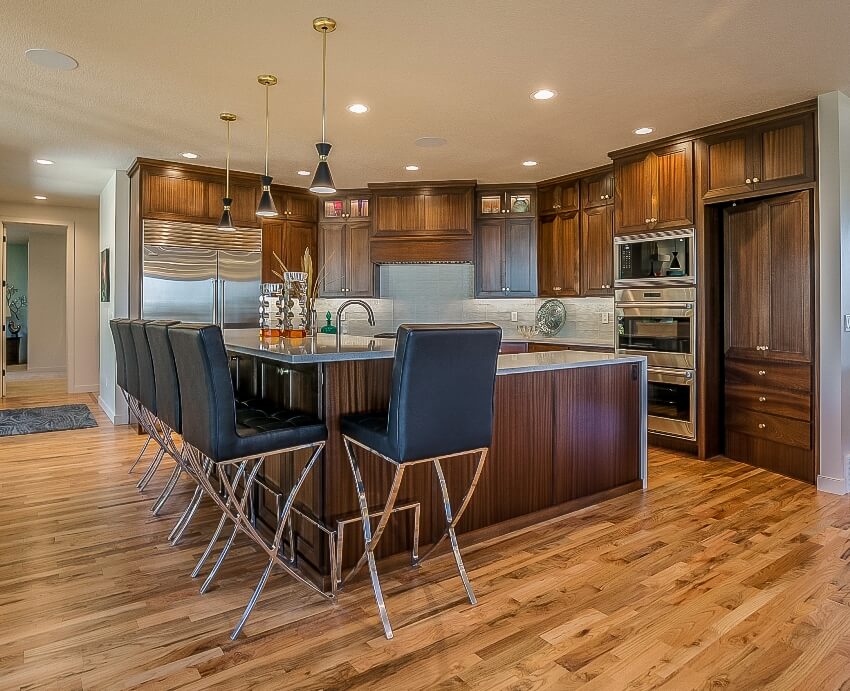
• This material is eco-friendly: There is a minimal environmental impact when processing composite boards, unlike new wood. New ones entail cutting down trees, sawing, transporting, stripping the bark, and processing.
• It is sturdy and durable: The pressed layers make composite lumber durable and even more sturdy and long-lasting.
It likely comes from the timber that grew in the forest without methods to accelerate its growth. Growing timber naturally and slowly on its own creates a wood with a denser grain.
Cons
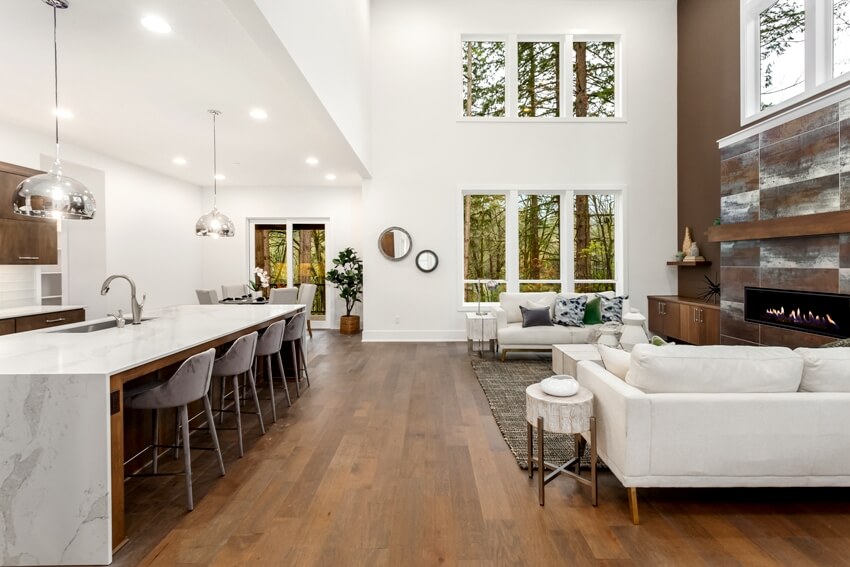
• It is difficult to find for purchase: Reclaimed composite fiberboard is a highly sought-after material and is difficult to find. And it does come at a much higher price than other types of hardwood flooring.
• It may contain chemicals or toxins: These planks taken from barns, fencing, old buildings, commercial buildings, and other sources may have been treated with chemicals.
Not every company that procures this material knows the exact conditions it endured for its lifetime. This includes paints with lead, preservatives such as creosote or pentachlorophenol, and fungus caused by moisture that may be difficult to detect due to the age of the material.
Fiberboard from commercial manufacturing buildings may contain particles of heavy metal or other chemicals based on the product being manufactured and could be very toxic. Only buy from distributors who guarantee the safety of the material and can supply you with their testing methodology and results.
• It is more expensive: Due to the labor required to process salvaged fiberboards and its scarcity, this material is more costly.
Do Engineered-Wood Floors Last?
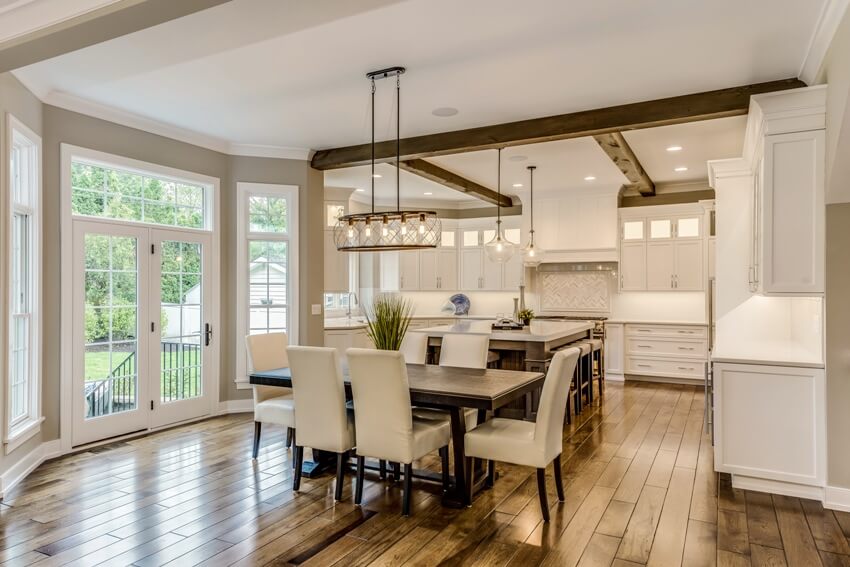
Engineered wood floors made from a quality process and kiln-dried can last 30 to 50 years or more. However, there are several factors that may affect the lifespan of these floors, including the thickness of the top layer, whether the material was kiln-dried, and whether the top layer is finished with a proper sealant. See the pros and cons of prefinished hardwood flooring here.
Whereas repurposed particleboard typically doesn’t need kiln drying because of the years of weathering, kiln drying may still be a good idea to kill any bugs that have nested within the wooden planks and to eliminate mold that may have grown due to moist conditions. The kiln-drying process is critical to ensure the wooden planks are clean, dry, and moisture-free.
The thickness of the top wear layer is essential, and regular maintenance will also help composite board floors last longer. Any large spills or exposure to water leaks must be cleaned up and dried thoroughly to avoid damage to the top layer and the under layers of plywood.
Can You Sand Back Engineered Plank Flooring?

Engineered floorboards, with a natural wood surface much like solid hardwood planks, can be sanded back and refinished under particular conditions. Sanding allows the surface to be smoothed down to conceal scratches and dents, and when re-stained, the color can be changed. But this all depends on the thickness of the top layer or the wear layer.
The top layer should be at least 3mm or .12 inches in order to sand it, and even so, if the top layer is uneven, you could end up sanding down to the plywood layers. Composite boards used for floors commonly have a top layer that is 4 to 8mm or .15 to .31 inches thick, making it safe for sanding and refinishing at most three times.
Any floor planks with only a 2mm or .08 inch thick top layer should not be refinished more than once, and the process needs to be done carefully or by a trained contractor. Sanding and refinishing also flatten the top layer each time, making it important to take off less for each sanding. Once sanded and refinished with stain, always remember to reseal the surface.
Where to Buy Reclaimed Board Flooring
It’s challenging to find companies or manufacturers that sell repurposed composite boards. Larger building supply stores do not commonly carry salvaged lumber. Instead, smaller brick-and-mortar stores are more likely to have these materials.
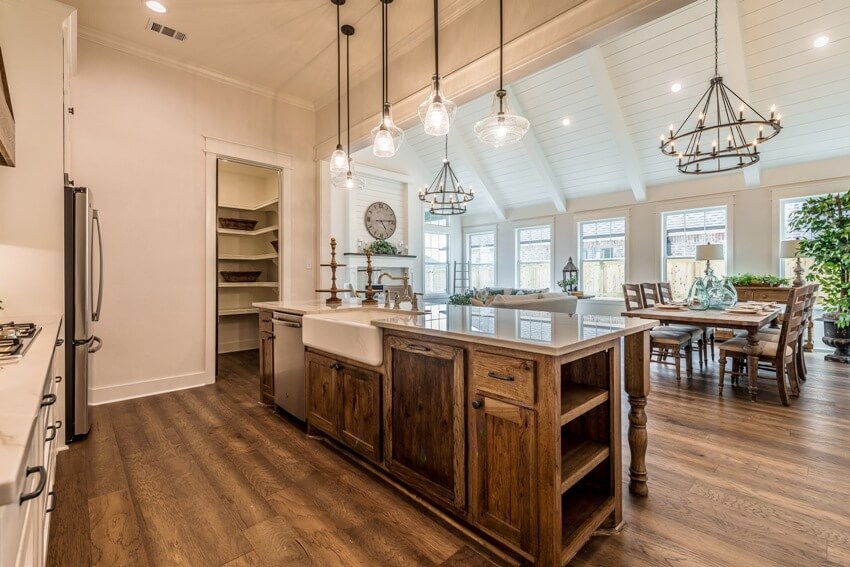
Also, many consumers aren’t familiar with recycled composite board floors and may find them sloppy or too rough-looking. The neatly stacked and newly manufactured ones may look more appealing. The lack of sales can thwart a business’s attempts to stock this natural resource.
The most likely places to find recycled particleboards are:
• Salvaged lumber dealers
• Online lumber dealers
• Architectural salvage dealers and retailers
• Etsy, the online shopping site where you can find wood products that include lumber
• Some large building supply stores, such as Home Depot
These floors will likely continue in popularity and possibly become easier to find at building supply dealers. It’s a natural, sustainable, and beautiful option for your flooring needs.
Visit our guide to distressed hardwood flooring for more related content.

